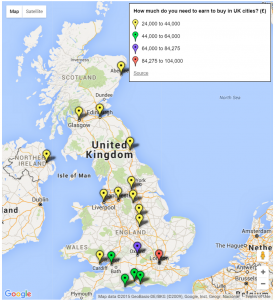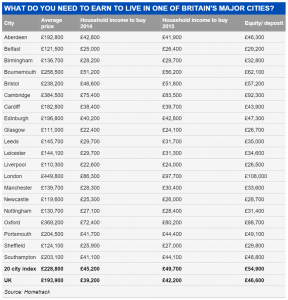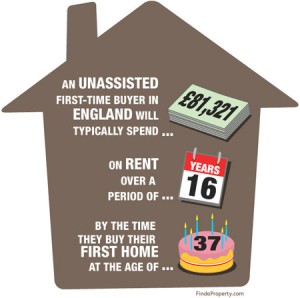Another blow to Buy to Let investments and number of rental homes available will drop and rents will rise
In continuing moves across finance providers, Barclays has announced that it is increasing its rental coverage ratio from 135% to 145%.
Rental coverage ratio is how much more the rent is than the cost of the mortgage. So for a £200,000 loan at 5% the cost is £10,000 per year.
Under the old norm of 125% cover the rent would need to be £12,500 now at 145% it will be £14,500; a 16% increase.
Barclays confirmed that it will continue to carry out income and expenditure assessments, allowing customers put disposable income and bonuses towards any shortfall in rental cover. This will only work if you don’t already have a mortgage on your own home or another Buy to Let which will all be added into your affordability calculations.
confirmed that it will continue to carry out income and expenditure assessments, allowing customers put disposable income and bonuses towards any shortfall in rental cover. This will only work if you don’t already have a mortgage on your own home or another Buy to Let which will all be added into your affordability calculations.
On the up side Barclays is also reducing its stress test from 5.79% to 5.5% which means can you afford the mortgage at 5.5% instead of 5.79%.
Barclays said: “These changes are being introduced as a result of the reduction in landlord tax relief available from next April (phased in over four tax years). As a responsible lender we want to ensure that our clients can afford their repayments plus, other costs associated with the property where the borrower is responsible for payment such as, council tax and management/letting fees.”
Foundation Home Loans also joined in the general tightening of mortgages when it announced earlier this week that it is changing the basis of its rental calculation for individual applications from 125% to 145%.
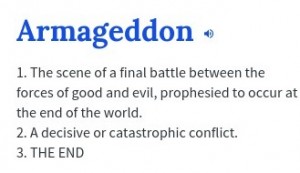 Despite concerns, the industry has said that increases in buy-to-let stress test levels should not be viewed as an ‘Armageddon moment’ for the sector.
Despite concerns, the industry has said that increases in buy-to-let stress test levels should not be viewed as an ‘Armageddon moment’ for the sector.
However, many landlords see it differently they see it as part of a concerted attack on the option of investing money into UK residential property through Buy to Let.
The unfortunate effect of less Buy to Let investors is less property to rent which means the rental costs will rise and some renters will not be able to find homes.
 As you know form our previous posts we think that the Chancellor is trying to drive individuals out of the market by reducing tax relief, increasing stamp duty and making mortgages more expensive. This then leaves the market open for institutions to enter the BtL market.
As you know form our previous posts we think that the Chancellor is trying to drive individuals out of the market by reducing tax relief, increasing stamp duty and making mortgages more expensive. This then leaves the market open for institutions to enter the BtL market.
This has been Osbourne’s desire for many years but unfortunately the returns on investment have not been very good after all the agent’s costs are taken into account and institutions have not been keen to invest.
Now with private landlords being squeezed out of the market rents will rise and the market will be wide open for the big institutions so another example of social engineering by politicians and moving equity from individuals to institutions.
However, there is an alternative with the Joint Equity Bonds which pay 7 or 8% interest depending on the Bond or you can link the terminal bonus to Halifax Property Index to take advantage of house price movements. More on Joint Equity Bonds Here
It is now easier to invest in the UK property market through Joint Equity Shared Home Ownership scheme which has the security of property but does not exploit the person leaving in the property as Buy to Let does. All our Resident Partners share in the capital growth of the property while paying about the same as renting*.
*The maximum we will allow is £100pm more than they are paying in rent now.


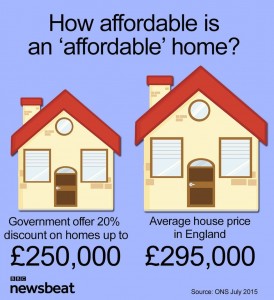
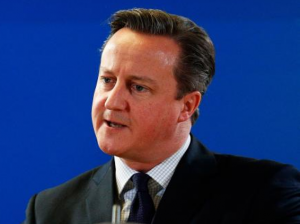 ister David Cameron described the move as a “huge shift”, claiming it marks the biggest use of such a policy since Margaret Thatcher and Michael Heseltine started the regeneration of London’s Docklands in the Eighties.
ister David Cameron described the move as a “huge shift”, claiming it marks the biggest use of such a policy since Margaret Thatcher and Michael Heseltine started the regeneration of London’s Docklands in the Eighties.



